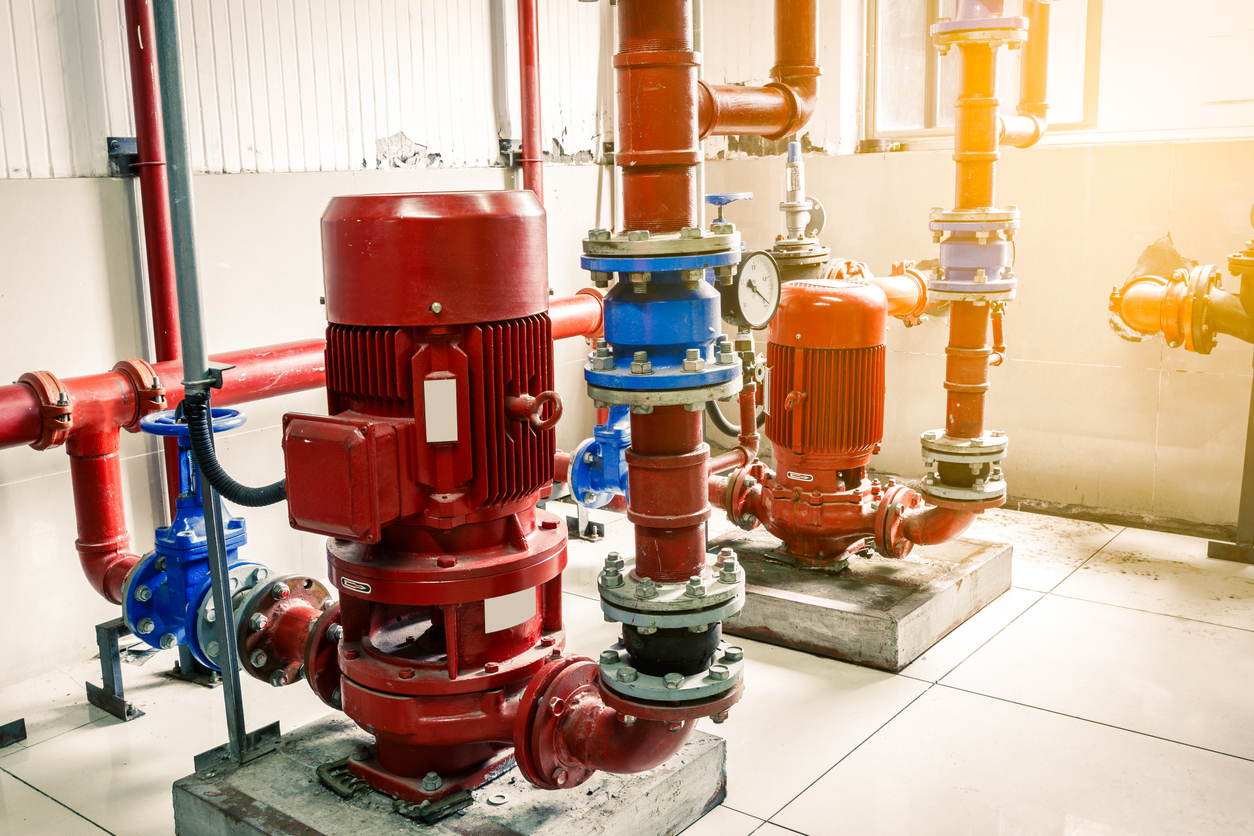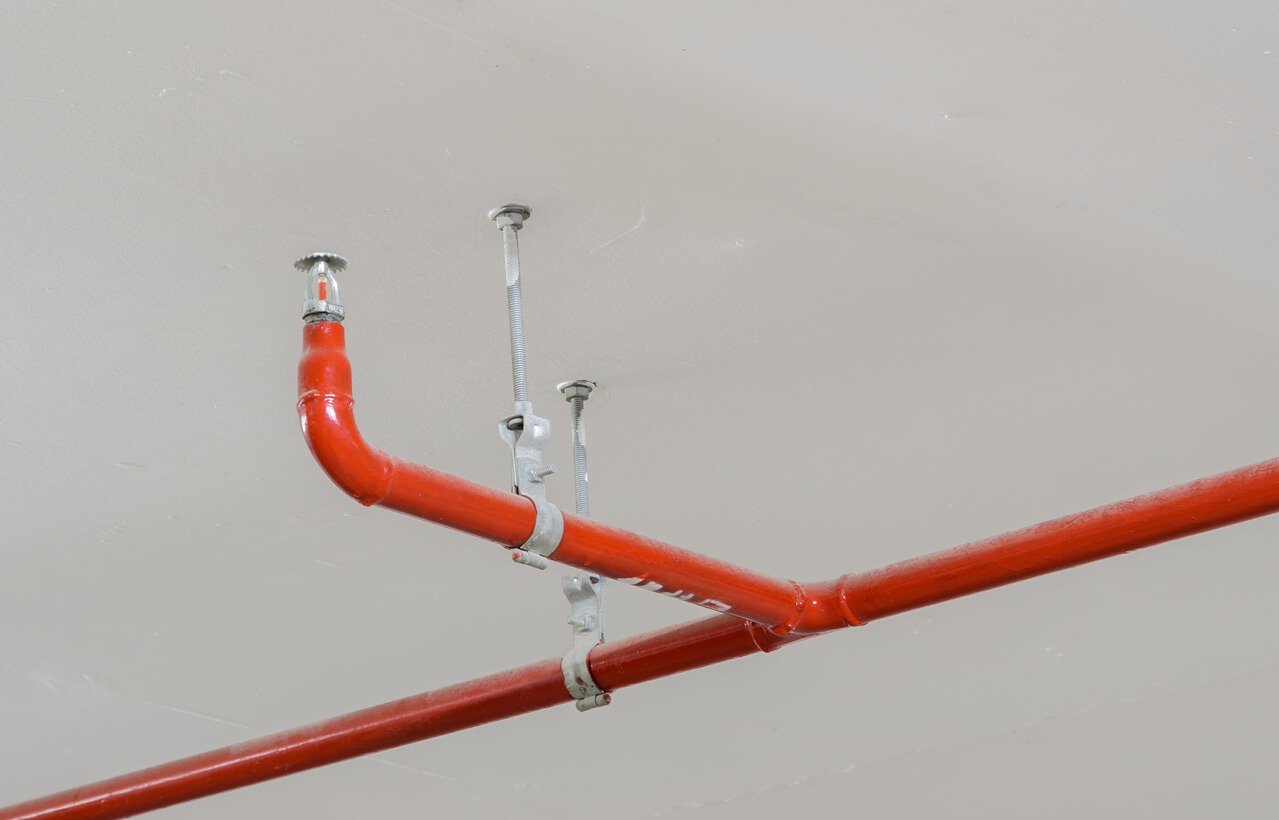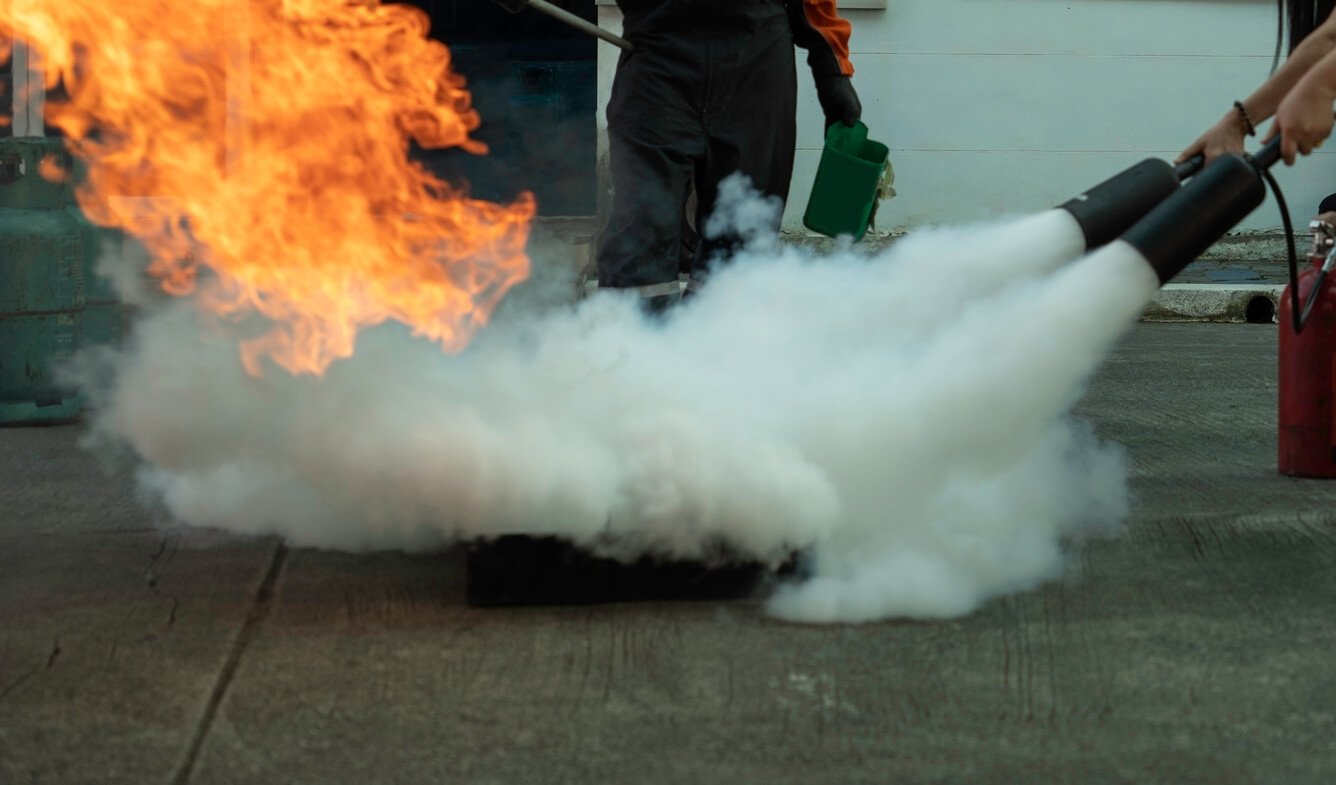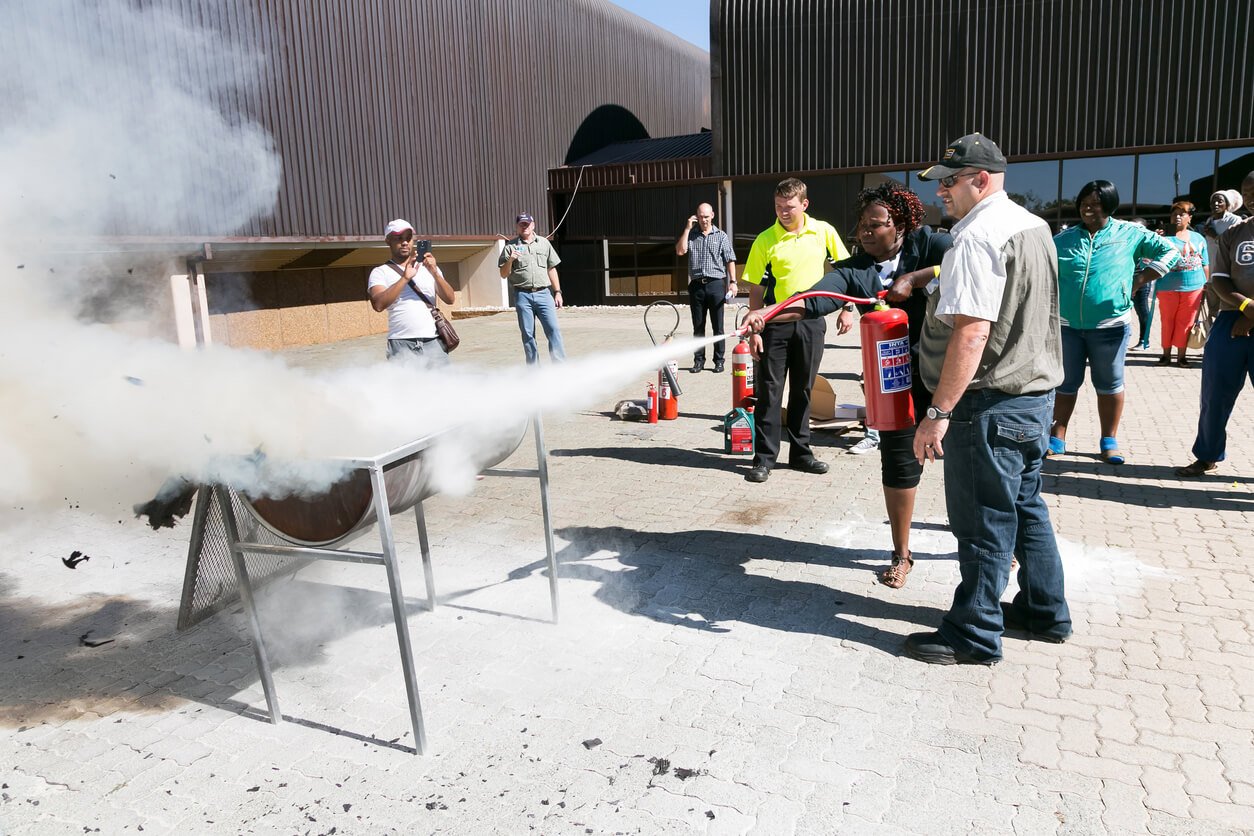How Much Space Can Vertical Fire Pumps Save?
Vertical fire pump systems can reduce mechanical room footprint requirements by up to 60% compared to traditional horizontal configurations. A typical 1,000 GPM horizontal fire pump system requires 200-250 square feet of space, while an equivalent vertical system occupies only 80-120 square feet, making them ideal for space-constrained commercial facilities.
When commercial building space costs thousands of dollars per square foot, every inch matters.
Fire protection systems are essential safety requirements that must fit into increasingly compact facility designs.
Building owners face a persistent challenge: how do you maintain robust fire suppression capabilities without sacrificing valuable floor space that could generate revenue or improve operational efficiency?
The answer lies in understanding how vertical fire pump systems can provide the same protective power as traditional horizontal configurations while requiring significantly less real estate.
Key Takeaways:
- Vertical fire pump systems reduce floor space requirements by 40-60% compared to horizontal configurations, freeing valuable square footage for revenue-generating activities
- Vertical turbine fire pumps excel in high-pressure applications with multi-stage impellers, while vertical in-line fire pumps provide cost-effective pressure boosting for moderate requirements
- UL-listed and FM-approved certifications ensure compliance with NFPA standards and building codes, making proper certification essential for insurance and regulatory approval
- Professional installation and maintenance partnerships are crucial for vertical fire pump reliability, as specialized expertise is required for shaft alignment, impeller service, and performance optimization
What Are Vertical Fire Pumps?
A vertical fire pump is a specialized fire protection system designed with a vertical orientation that dramatically reduces the horizontal footprint required for installation.
Unlike traditional horizontal fire pumps that spread across substantial floor areas, vertical fire pump systems extend upward rather than outward, making them ideal for space-constrained commercial and industrial facilities.
The fundamental principle behind any fire pump remains consistent regardless of orientation: these systems boost water pressure to ensure adequate flow and pressure reach all areas of a fire sprinkler system, particularly in high-rise buildings or facilities where municipal water pressure proves insufficient.
Vertical configurations offer unique advantages, making them increasingly popular with facility managers and building owners seeking efficient fire protection.
According to the National Fire Protection Association (NFPA), approximately 85% of commercial buildings experience water pressure challenges that require fire pump systems to meet code requirements. Recent industry analysis from the International Association of Fire Safety Science indicates that vertical fire pump installations have increased by 23% over the past three years, primarily driven by urbanization trends and the premium placed on floor space efficiency in commercial real estate markets.
What Are Vertical Fire Pumps Made Of?
Material specifications for vertical fire pump construction emphasize durability and corrosion resistance.
Cast iron bronze fitted construction represents the industry standard, providing long-term reliability in various water quality conditions. The cast iron casing offers structural strength and dimensional stability, while bronze fitted components, including impellers, wear rings, and shaft sleeves, resist corrosion and maintain tight clearances over extended service periods.
Types of Vertical Fire Pumps
Understanding the distinction between vertical turbine fire pump and vertical in-line fire pump systems is essential for building owners making informed fire protection decisions. Each configuration serves specific applications and offers unique advantages depending on facility requirements, water supply conditions, and space constraints.
Vertical Turbine Fire Pump
A vertical turbine fire pump uses multiple impellers aligned along a vertical shaft, with the pump bowl assembly located at the system’s base. This design is ideal for high-pressure, high-flow applications such as high-rise buildings, large industrial sites, or locations where water must be drawn from underground sources.
The multi-stage impeller configuration allows vertical turbine systems to generate pressures exceeding 300 PSI while maintaining efficient operation across varying demand conditions.
Vertical In-Line Fire Pump
The vertical in-line fire pump, by contrast, positions a single impeller within the vertical piping system, creating a more compact and cost-effective solution for facilities with moderate pressure requirements.
These systems work exceptionally well when municipal water pressure needs modest boosting to meet NFPA standards, typically in mid-rise commercial buildings or facilities with adequate incoming water pressure that requires enhancement rather than complete pressurization.
Turbine vs. In-Line Systems
Each system has different performance capabilities.
Flow Rates
- Vertical turbine fire pump systems handle flow rates from 500 to 5,000 gallons per minute with multiple pressure stages
- Vertical in-line fire pump systems typically accommodate 100 to 2,500 gallons per minute with single-stage pressure boost capabilities.
Installation
- Vertical turbine installations require deeper pump pits or sumps to accommodate the extended shaft and bowl assembly
- Vertical in-line systems can be installed with standard foundation requirements.
The right choice for you depends on your building, industry, water sources, and more.
Why Vertical Fire Pumps Are Great For Tight Spaces
The space savings achieved through vertical fire pump systems can be substantial.
Traditional horizontal fire pump installations typically require 150-300 square feet of dedicated mechanical space, depending on the pump size and associated equipment.
In contrast, vertical fire pump systems can reduce this footprint by 40-60%, freeing up valuable square footage for revenue-generating activities or other essential building systems.
For building owners paying premium rates for urban commercial space, this efficiency translates directly to improved return on investment.
Beyond saving space, vertical fire pump systems offer operational advantages. Their vertical shaft design separates the motor from the water-handling components, simplifying maintenance and improving service access.
This configuration also provides better protection against flooding conditions that might affect ground-level horizontal pump installations, making vertical systems particularly valuable in facilities with basement mechanical rooms or areas prone to water accumulation.
Safety Standards for Vertical Fire Pumps
UL-listed certification represents the foundational safety standard for all fire pump equipment. Underwriters Laboratories testing ensures that vertical fire pump systems meet specific performance criteria under standardized conditions, including:
- Pressure output consistency
- Motor reliability
- Control system functionality.
FM-approved certification provides additional validation, with Factory Mutual testing focusing on property protection applications and industrial fire suppression requirements.
Maintenance and Performance Optimization
NFPA 20 specifically addresses fire pump system requirements, including performance specifications, installation guidelines, and ongoing maintenance protocols. Compliance with these standards is mandatory for code approval and insurance coverage.
Vertical fire pumps have some unique maintenance considerations, such as:
- Oil Lubrication Systems: Vertical shaft systems require proper lubrication to prevent bearing wear and ensure smooth operation. Most vertical fire pumps use splash lubrication or forced oil circulation, with oil reservoirs strategically placed to maintain consistency under all operating conditions.
- Performance Monitoring Protocols: Flow and pressure measurements during regular testing provide baseline data for trend analysis and early detection of performance degradation. Vibration monitoring is particularly important for vertical systems, as shaft misalignment or bearing wear can create vibration patterns that indicate developing problems.
- Scheduled Maintenance Intervals: This typically includes weekly visual inspections, monthly operational tests, and annual comprehensive service procedures. Weekly inspections focus on oil levels, unusual noises, and control system status indicators. Monthly testing involves running the pump under actual or simulated fire conditions to verify proper startup, pressure development, and automatic operation.
To ensure your vertical fire pump is working properly, enlisting the support of a professional fire safety company can be a huge help. They’ll have the right equipment and expertise to keep your fire pump in good working condition.
Is A Vertical Fire Pump Right for Your Facility?
Selecting the appropriate vertical fire pump system requires careful evaluation of facility requirements, space constraints, and long-term operational considerations.
Key decision factors include:
- Required flow rates
- Pressure development needs
- Available installation space
- Electrical infrastructure capacity.
Facilities with high-pressure requirements or substantial flow demands typically benefit from vertical turbine fire pump systems, while buildings with moderate pressure boost needs may find vertical in-line fire pump systems more cost-effective and simpler to maintain.
Need help deciding which route is best?
Contact the fire safety experts at Impact Fire for a personalized quote based on your unique situation.







